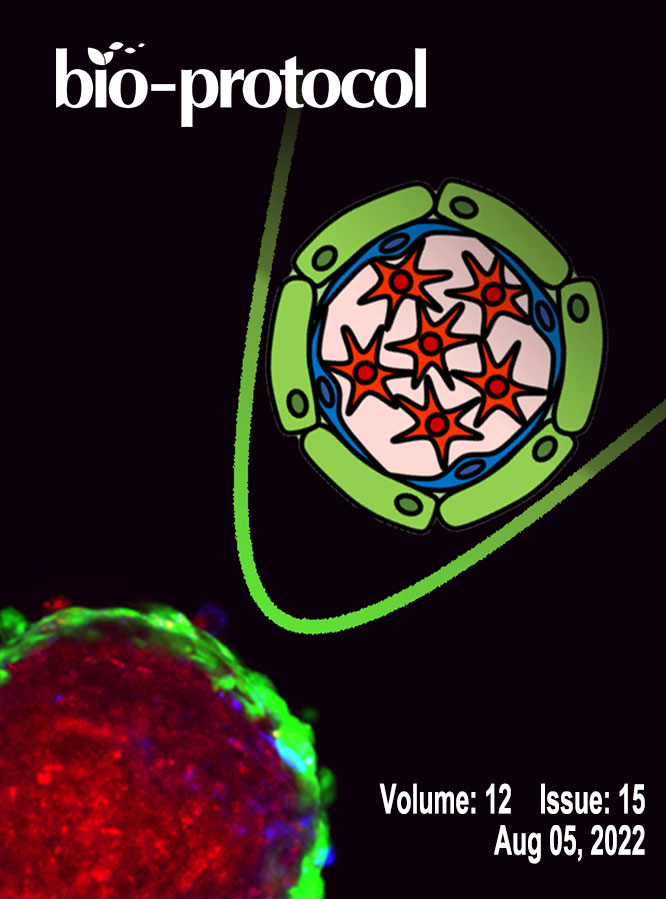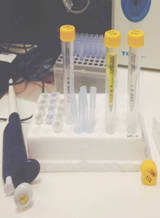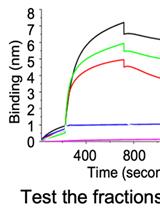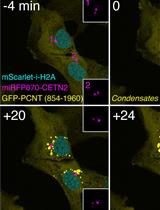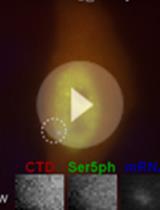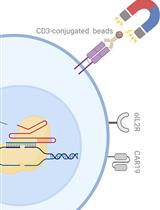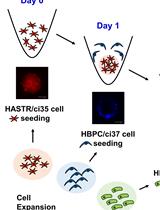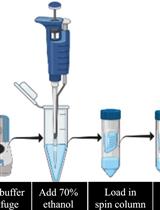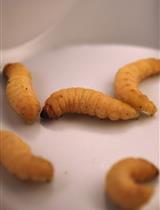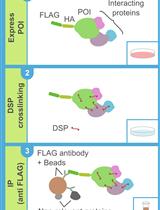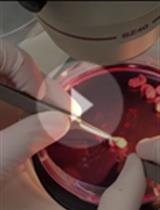往期刊物2022
卷册: 12, 期号: 15
生物化学
Evaluation of Urine Proteins by Capillary Electrophoresis
毛细管电泳法评价尿蛋白
Purification of Crimean Congo Hemorrhagic Fever Virus (CCHFV) Nucleocapsid Protein Using Detergent Gradient and Free Thawing
使用洗涤剂梯度和自由解冻纯化克里米亚刚果出血热病毒 (CCHFV) 核衣壳蛋白
生物信息学与计算生物学
TRACES: a Freely Accessible, Semi-automated Pipeline for Detection, Tracking, and Quantification of Fluorescently Labeled Cellular Structures
TRACES:用于检测、跟踪和量化荧光标记细胞结构的可自由访问的半自动化管道
生物物理学
Visualization, Quantification, and Modeling of Endogenous RNA Polymerase II Phosphorylation at a Single-copy Gene in Living Cells
活细胞中单拷贝基因内源性 RNA 聚合酶 II 磷酸化的可视化、量化和建模
癌症生物学
CRISPR/Cas9-mediated Gene Knockout Followed by Negative Selection Leads to a Complete TCR Depletion in orthoCAR19 T Cells
CRISPR/Cas9 介导的基因敲除后负选择导致原CAR19 T 细胞中的 TCR 完全耗尽
药物发现
Generation of a Human Conditionally Immortalized Cell-based Multicellular Spheroidal Blood-Brain Barrier Model for Permeability Evaluation of Macromolecules
建立用于大分子渗透性评价的人条件永生细胞多细胞球形血脑屏障模型
免疫学
Cost Effective Method for gDNA Isolation from the Cecal Content and High Yield Procedure for RNA Isolation from the Colonic Tissue of Mice
从小鼠盲肠内容物中分离gDNA的经济有效方法和从小鼠结肠组织中分离RNA的高产率方法
微生物学
Cryptococcus neoformans Virulence Assay Using a Galleria mellonella Larvae Model System
用大蜡螟幼虫模型系统进行新型隐球菌毒力测定
分子生物学
DSP-crosslinking and Immunoprecipitation to Isolate Weak Protein Complex
DSP交联和免疫沉淀分离弱蛋白复合物
神经科学
A Step-by-step Protocol for Obtaining Mature Microglia from Mice
从小鼠中获取成熟小胶质细胞的方法


